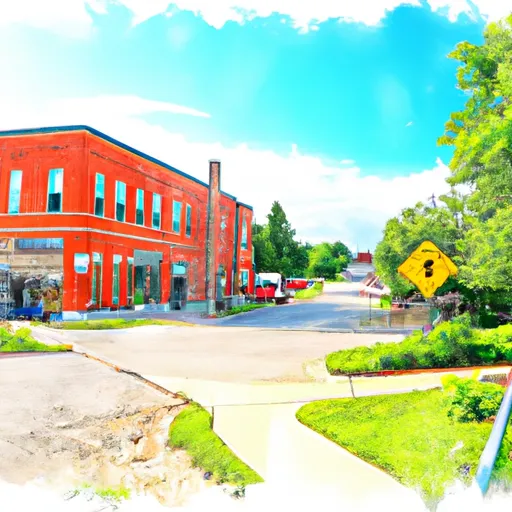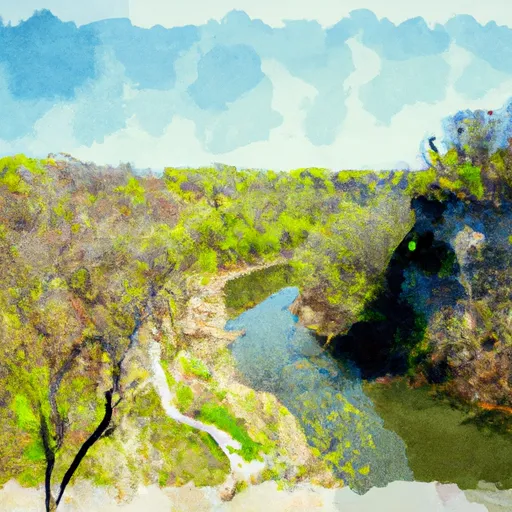°F
°F
mph
Windspeed
%
Humidity











Amherst, Wisconsin is a small village located in the central part of the state. The climate is characterized by cold winters and warm summers, with an average annual temperature of 46°F. The area experiences precipitation throughout the year, with an average of 32 inches of rainfall and 53 inches of snowfall annually. The hydrology constituents of the area include the Tomorrow River, which runs through the village and provides opportunities for fishing and canoeing. The surrounding forests also offer hiking and biking trails, as well as hunting and camping opportunities. In addition, Amherst is home to the 18-hole Glacier Woods Golf Club, which provides a challenging course for golf enthusiasts.
Weather Forecast
Amherst receives approximately 818mm of rain per year, with humidity levels near 82% and air temperatures averaging around 7°C. Amherst has a plant hardyness factor of 4, meaning plants and agriculture in this region thrive during a short period during spring and early summer. Most plants will die off during the colder winter months.
Regional Streamflow Levels
67
Cubic Feet Per Second
1,720
Cubic Feet Per Second
392
Cubic Feet Per Second
4,700
Cubic Feet Per Second
Nearby Camping
| Camping Area | Reservations | Toilets | Showers |
|---|---|---|---|
| Buccaneer State Park | |||
| Little Black Creek Waterpark | |||
| Shields RV Military - Gulfport NCB | |||
| McLeod Water Park | |||
| Lake Walker Military - Camp Shelby | |||
| Big Creek Waterpark |



